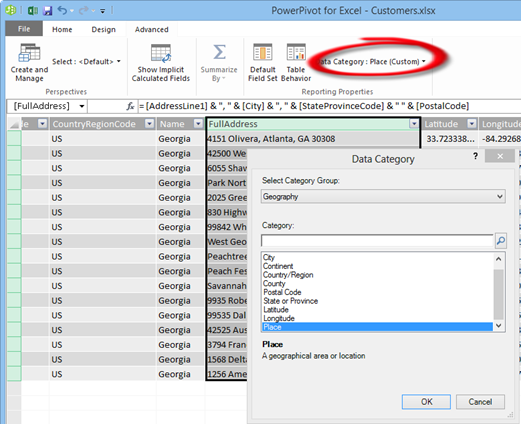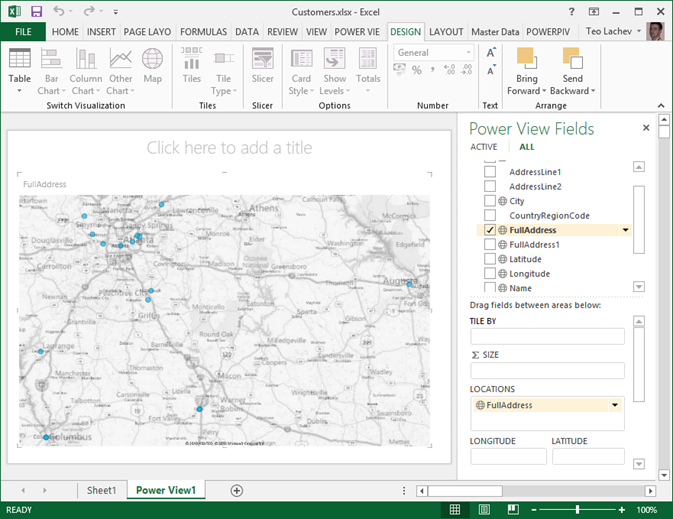DAXMD Goes Public!
Microsoft announced yesterday the availability of the Community Technology Preview (CTP) of Microsoft SQL Server 2012 With Power View for Multidimensional Models (aka DAXMD). As a participant of the CTP program and I’m very excited about this enhancement. Now customers can leverage their investment in OLAP and empower business users to author Power View ad-hoc reports and dashboards from Analysis Services cubes. Previously, Power View supported only PowerPivot workbooks or Analysis Services Tabular models as data sources. I’m not going to repeat what T.K. Anand said in the announcement. Instead, I want to emphasize a few key points:
- This CTP applies only to the SharePoint-version of Power View. Excel 2013 customers need to wait for another release vehicle to be able to connect Power View in Excel 2013 to cubes.
- You’ll need to upgrade both the SharePoint server and SSAS server because enhancements were made in both Power View and SSAS.
- Although not supported, I successfully tested that you can install the CTP on top of SQL Server 2012 SP1.
- The CTP will not be upgradable to RTM.
- It’s not known at this point when and how the RTM bits will ship.
- DAXMD doesn’t translate DAX queries to MDX. Instead, the DAX queries are handled natively on the server and performance is awesome!
Kudos to the SSAS and SSRS teams for listening to customers and working together on this feature!










